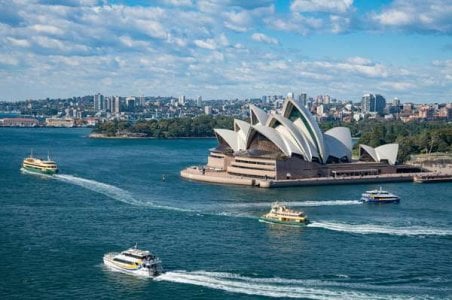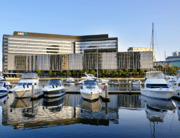Public transport prices set to increase again in one state
By
Danielle F.
- Replies 14
Public transport is the lifeblood of any bustling city—an essential service to millions of Australians, including seniors.
It is the thread that connects people to work, leisure, medical services, and communities.
Yet, for residents in one state, the thread could get more expensive to hold onto.
In a move that could tighten wallets across the state, the cost of bus, train, or ferry rides under the Opal Public Transport Network would rise soon.
The Independent Pricing and Regulatory Tribunal (IPART) proposed that Opal card prices should increase in 2025.
Ferry prices could see a three to four per cent increase next year.
Meanwhile, bus and light rail fares could rise by 1.6 per cent.
Train and metro fares should also increase between 0.7 to 4.1 per cent, depending on the destination and the distance.
This news could be a blow to many commuters, especially considering the current economic climate where every penny counts.
IPART Chair Carmel Donnelly explained the rationale for the fare increase.
‘Taxpayers, not passengers, fund the majority of the cost of providing public transport because it provides broad benefits to the whole community,’ Chair Donnelly shared.
These benefits included the reduction of road congestion, support for economic activities, education, social connectivity, and environmental advantages.
‘The maximum fare protects consumers from excessive charging, but the price passengers actually pay is set by the NSW Government, and all current ticket prices are set below the current maximum fare,’ Donnelly added.
This is not the first time NSW residents have faced a fare increase.
On 1 July, Opal customers were also hit with a price rise averaging 3.6 per cent.
Fare increases included up to 49 cents for train and metro trips, 27 cents for bus and light rail services, and 43 cents for ferry trips.
Weekly fare caps also experienced a rise.
For those who rely on public transport, consider how these fare increases could affect their daily budget.
It might be worth looking into multi-trip tickets or off-peak travel options to save where you can.

How will the fare increase affect your daily routine? Do you have any tips for fellow seniors on how to manage the additional costs? We would love to hear your thoughts, so share your experiences and advice in the comments below.
It is the thread that connects people to work, leisure, medical services, and communities.
Yet, for residents in one state, the thread could get more expensive to hold onto.
In a move that could tighten wallets across the state, the cost of bus, train, or ferry rides under the Opal Public Transport Network would rise soon.
The Independent Pricing and Regulatory Tribunal (IPART) proposed that Opal card prices should increase in 2025.
Ferry prices could see a three to four per cent increase next year.
Meanwhile, bus and light rail fares could rise by 1.6 per cent.
Train and metro fares should also increase between 0.7 to 4.1 per cent, depending on the destination and the distance.
This news could be a blow to many commuters, especially considering the current economic climate where every penny counts.
IPART Chair Carmel Donnelly explained the rationale for the fare increase.
‘Taxpayers, not passengers, fund the majority of the cost of providing public transport because it provides broad benefits to the whole community,’ Chair Donnelly shared.
These benefits included the reduction of road congestion, support for economic activities, education, social connectivity, and environmental advantages.
‘The maximum fare protects consumers from excessive charging, but the price passengers actually pay is set by the NSW Government, and all current ticket prices are set below the current maximum fare,’ Donnelly added.
This is not the first time NSW residents have faced a fare increase.
On 1 July, Opal customers were also hit with a price rise averaging 3.6 per cent.
Fare increases included up to 49 cents for train and metro trips, 27 cents for bus and light rail services, and 43 cents for ferry trips.
Weekly fare caps also experienced a rise.
For those who rely on public transport, consider how these fare increases could affect their daily budget.
It might be worth looking into multi-trip tickets or off-peak travel options to save where you can.
Key Takeaways
- Opal public transport network fares in New South Wales are set to increase in 2025.
- The Independent Pricing and Regulatory Tribunal (IPART) proposed the price hike, which included buses, trains, ferries, metros, and light rails.
- Ferry services could see significant fare increases of three to four per cent, while bus and light rail increases will be more moderate at 1.6 per cent.
- The new price hikes followed a 3.6 per cent rise implemented last July.








